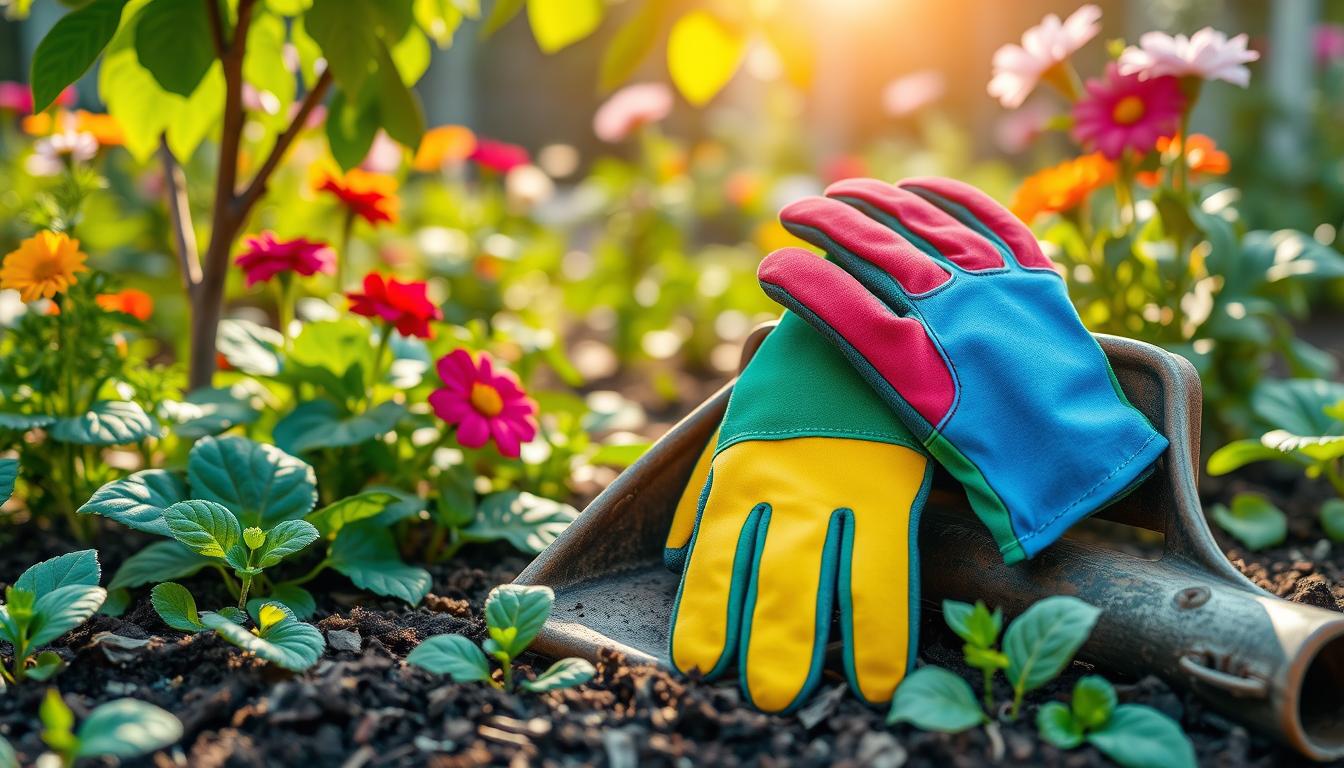Winter Gardening Gloves: Your Ultimate Guide to Cold-Weather Comfort and Protection

Did you know that the right pair of gloves can make winter gardening not only possible but enjoyable?
Winter gardening presents unique challenges, from freezing temperatures to handling wet and frosty soil. Without the right gear, your hands can suffer from cold burns, dryness, and reduced dexterity. Enter winter gardening gloves—the unsung heroes of cold-weather horticulture. This comprehensive guide will walk you through everything you need to know about these indispensable tools, including how to choose, use, and maintain them.
Table of Contents
- What Are Winter Gardening Gloves?
- Why Are Winter Gardening Gloves Essential?
- Key Features to Look For in Winter Gardening Gloves
- Different Types of Winter Gardening Gloves
- Pros and Cons of Winter Gardening Gloves
- How to Select the Best Gloves for Your Needs
- Caring for Your Winter Gardening Gloves
- Tips for Using Winter Gardening Gloves Effectively
- Frequently Asked Questions (FAQ)
- Conclusion
1. What Are Winter Gardening Gloves?
Winter gardening gloves are specially designed gloves that provide protection, insulation, and grip for gardeners working in cold or wet conditions.
Fun Fact: Did you know that some winter gardening gloves can keep your hands warm in temperatures as low as -30°F?
2. Why Are Winter Gardening Gloves Essential?
Gardening in winter exposes your hands to a range of challenges, including:
- Freezing Temperatures: Prolonged exposure can cause frostbite or cold burns.
- Wet Conditions: Waterlogged soil can lead to discomfort and even hypothermia in extreme cases.
- Rough Materials: Pruning thorny bushes or handling icy tools can damage unprotected hands.
Key Benefits of Winter Gardening Gloves:
- Warmth: Insulated gloves maintain hand temperature.
- Protection: Reinforced materials guard against thorns and abrasions.
- Grip: Special coatings provide traction even on slippery surfaces.
3. Key Features to Look For in Winter Gardening Gloves
Choosing the right gloves involves evaluating several critical features. Here’s a breakdown in table form for easy comparison:
| Feature | Why It Matters | Example Materials |
|---|---|---|
| Insulation | Keeps hands warm during freezing temperatures. | Fleece, Thinsulate |
| Waterproofing | Prevents hands from getting wet and cold. | Nitrile, Rubber Coating |
| Dexterity | Allows precision tasks like pruning and planting. | Spandex, Nylon Blend |
| Durability | Ensures gloves withstand tough gardening conditions. | Leather, Kevlar |
| Grip | Provides stability when handling tools or slippery objects. | Textured Coatings |
4. Different Types of Winter Gardening Gloves
There’s no one-size-fits-all solution. Here are the most common types:
- Waterproof Insulated Gloves: Ideal for working with wet soil or in snowy conditions.
- Thermal Knit Gloves: Perfect for general gardening tasks in mild winters.
- Leather Gloves with Lining: Best for heavy-duty tasks like chopping wood or pruning thorny plants.
- Touchscreen-Compatible Gloves: For gardeners who need to use their phones without removing gloves.
YouTube Video Suggestion: Learn more about selecting the best gloves for winter gardening:
5. Pros and Cons of Winter Gardening Gloves
Like any tool, winter gardening gloves come with their advantages and disadvantages:
Pros:
- Protect hands from cold, moisture, and injury.
- Provide grip for handling icy tools and slippery materials.
- Available in a wide range of styles and materials to suit specific needs.
Cons:
- Insulated gloves can reduce dexterity.
- Waterproof coatings may cause sweating if worn for long periods.
- High-quality gloves can be expensive.
6. How to Select the Best Gloves for Your Needs
Consider the Following Factors:
- Climate: For extremely cold climates, opt for heavy insulation and waterproofing.
- Type of Gardening: Choose gloves tailored to your specific tasks, whether it’s pruning, planting, or shoveling.
- Fit and Comfort: Poorly fitting gloves can cause blisters or reduce efficiency.
7. Caring for Your Winter Gardening Gloves
Proper care ensures your gloves last for many winters:
- Cleaning: Wash gloves with mild soap and lukewarm water after heavy use.
- Drying: Allow gloves to air dry completely; avoid using dryers as heat can damage materials.
- Storage: Store in a cool, dry place away from direct sunlight.
8. Tips for Using Winter Gardening Gloves Effectively
- Layer thin liners under your gloves for added warmth.
- Keep a spare pair handy in case one gets wet.
- Regularly check for wear and tear, especially in the seams and fingertips.
YouTube Video Suggestion: See how experienced gardeners use winter gloves effectively:
9. Frequently Asked Questions (FAQ)
1. Can I use regular gardening gloves in winter?
Regular gloves may not provide the insulation or waterproofing needed for winter conditions. Winter gloves are specifically designed to tackle cold-weather challenges.
2. How do I find the right size?
Most gloves come with sizing charts. Measure your hand’s circumference and length to determine the best fit.
3. Are there eco-friendly options?
Yes, some brands offer gloves made from recycled materials or sustainable production processes.
10. Conclusion
Winter gardening gloves are an essential tool for anyone looking to maintain their green thumb through the colder months. By investing in the right pair, you can protect your hands, improve your efficiency, and enjoy gardening no matter the weather.
Whether you’re pruning roses or planting bulbs for spring, the right gloves make all the difference. Start exploring your options today and keep your hands warm and safe this winter!


